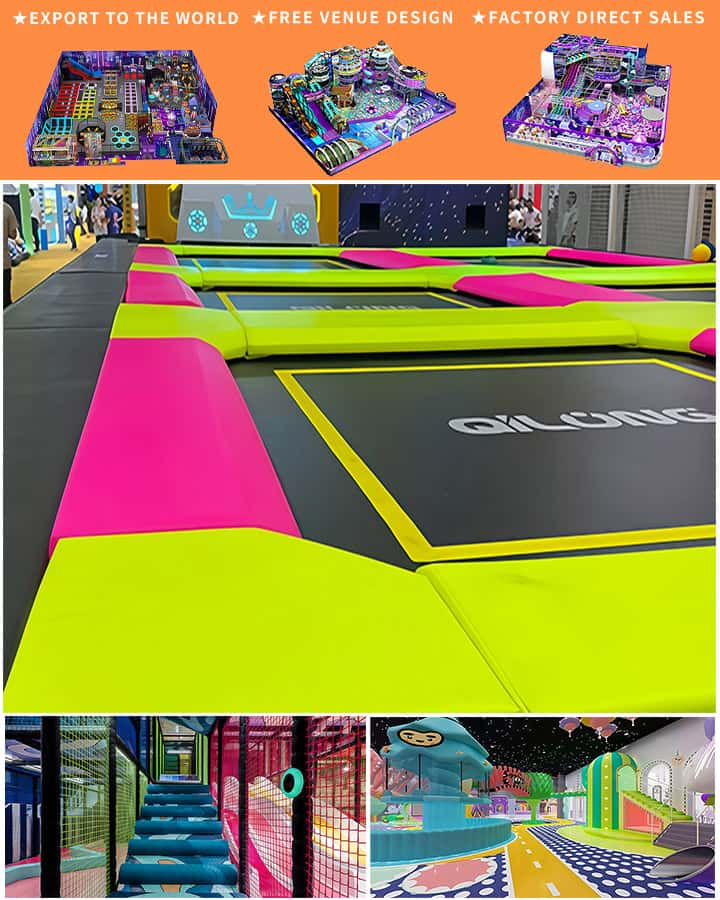Creating a safe and engaging environment for children is a top priority for many communities, schools, and parks. One critical aspect of this is the installation of playground equipment that offers both fun and developmental benefits. However, the cost of children’s playground equipment can vary widely based on several factors, including materials, size, complexity, and safety features. Understanding these variables is essential for anyone planning to invest in playground upgrades or new installations.
Materials Matter
The material used in manufacturing playground equipment significantly influences its cost. Common materials include plastic, metal (usually aluminum or galvanized steel), wood, and rubber. Each has its pros and cons when it comes to durability, maintenance, and initial investment.
Plastic
Plastic is often favored for its lightweight nature and resistance to rust and rot. While generally less expensive than metal, high-quality, UV-resistant plastic can be more costly. However, plastic structures may not last as long under heavy use compared to their metal counterparts.
Metal
Metal playground equipment, particularly those made from aluminum or coated steel, tends to be more durable and long-lasting. Metal frames can withstand rough play and harsh weather conditions but usually come with a higher upfront cost. Additionally, they may require more maintenance to prevent rust.

Wood
Wooden playground equipment provides a natural and aesthetically pleasing option but comes at a premium price due to the material’s cost and susceptibility to weather damage. It also requires regular maintenance to preserve its lifespan and safety.
Rubber
Rubber components, such as mats and tiles, are often used to create safer landing surfaces around playground equipment. These can be quite costly, especially if opting for recycled or bonded rubber, but they offer excellent impact absorption and safety features.
Size and Complexity
The size of the playground equipment and the complexity of its design are other crucial factors affecting the cost. Simple, smaller items like swings, slides, and climbing bars are generally more affordable. In contrast, larger, multifunctional structures that incorporate various play elements—such as combination units with bridges, tunnels, and multiple levels—are more expensive due to the increased amount of materials and labor required.
Custom-designed playgrounds, tailored to specific needs or space constraints, will also command higher costs than standard pre-built models. Customization might include unique themes, additional safety features, or specific color schemes that align with a particular brand or community identity.
Safety Features
Safety is paramount when it comes to playground equipment, and incorporating advanced safety features can add to the overall cost. Look for equipment designed with rounded edges, non-toxic materials, and anti-entrapment designs. High-quality safety surfacing, whether it’s wet pour rubber, rubber mulch, or synthetic turf, will also add to the initial investment but is crucial for minimizing injury risks.
Additionally, some playground equipment comes with enhanced safety certifications that meet stringent international standards. While these products tend to be pricier, they offer peace of mind that the equipment has undergone rigorous testing for safety and durability.
Long-Term Considerations
While the initial cost of playground equipment is significant, it’s important to think about long-term value and maintenance costs. Investing in high-quality, durable materials and construction can result in lower maintenance and replacement expenses over time. Regular inspections and proper care can extend the lifespan of playground equipment, ensuring it remains a valuable resource for years to come.
In conclusion, the cost of children’s playground equipment varies widely based on several factors, including materials, size, complexity, and safety features. By carefully evaluating these aspects and considering long-term maintenance and safety requirements, you can make informed decisions that balance cost and quality, creating an enjoyable and safe play environment for children.




